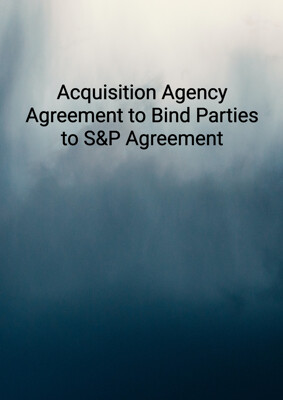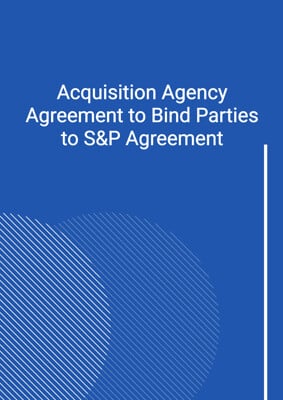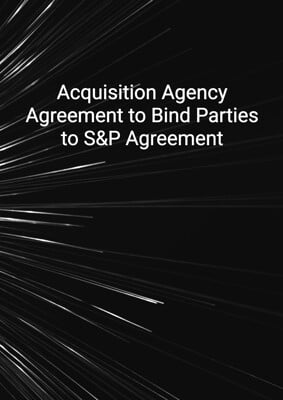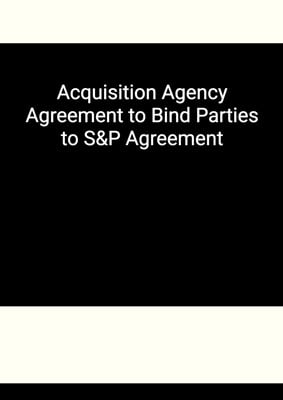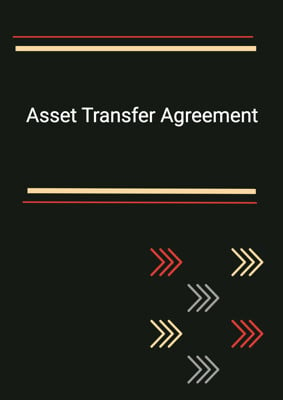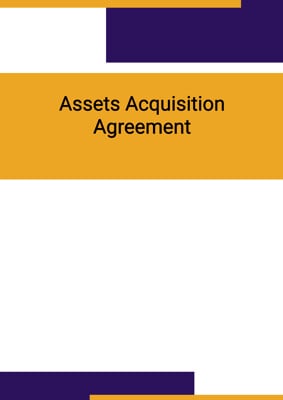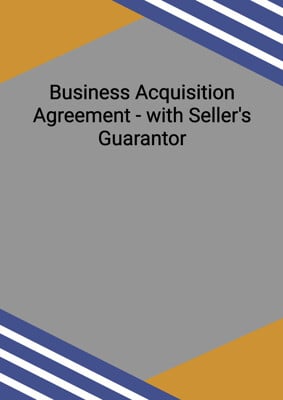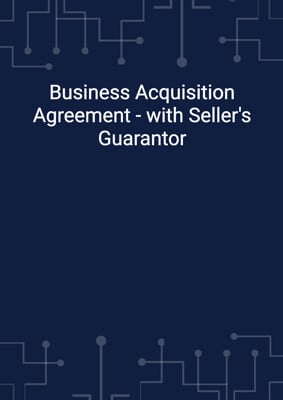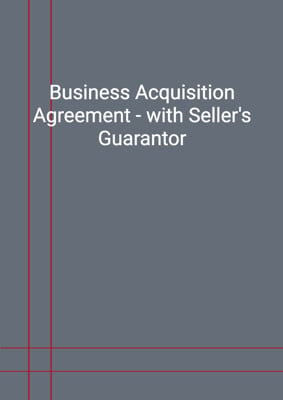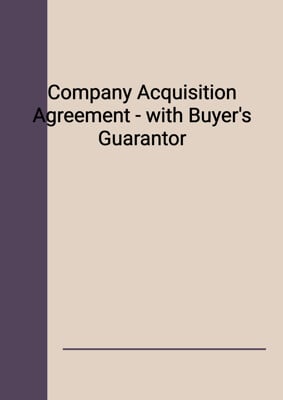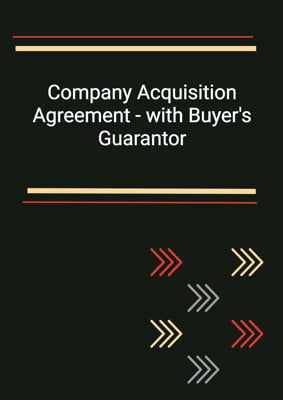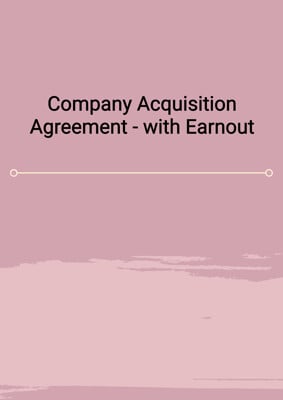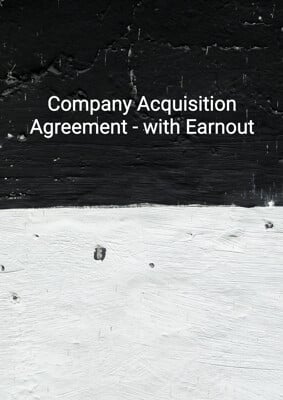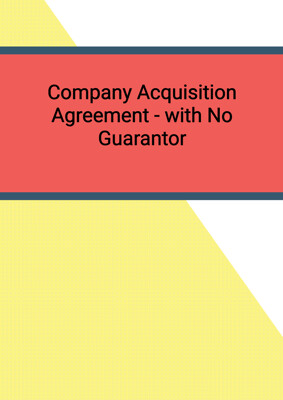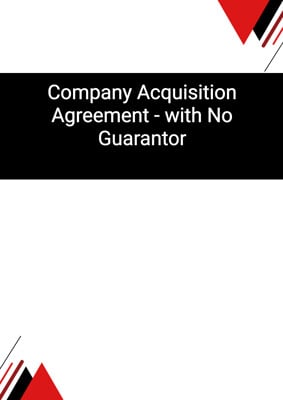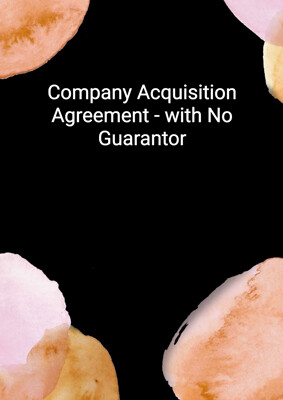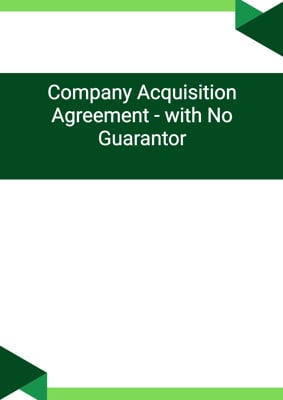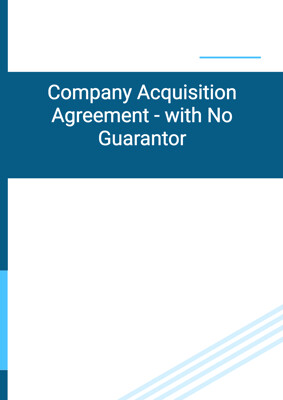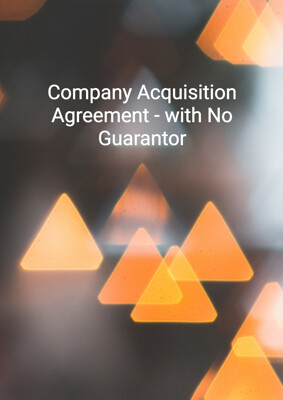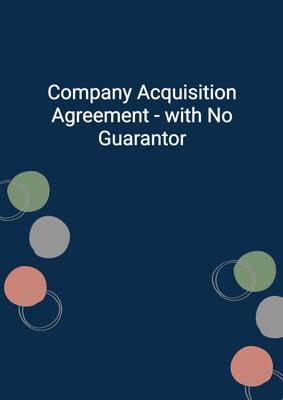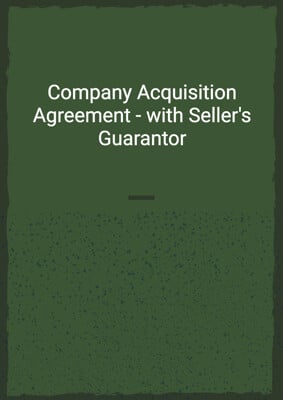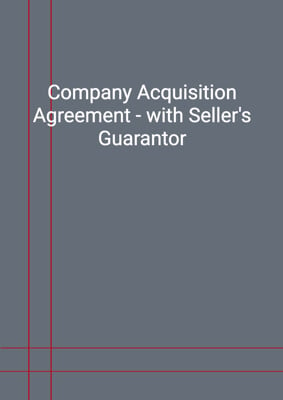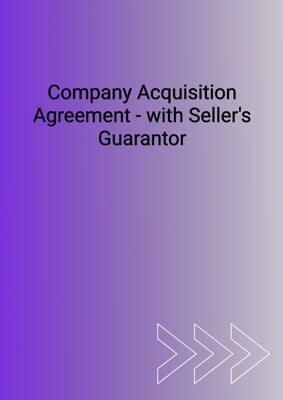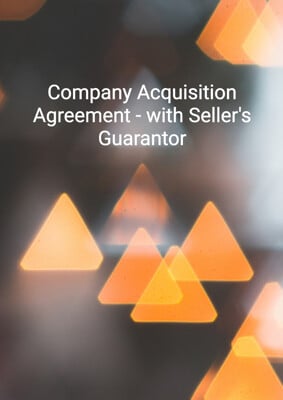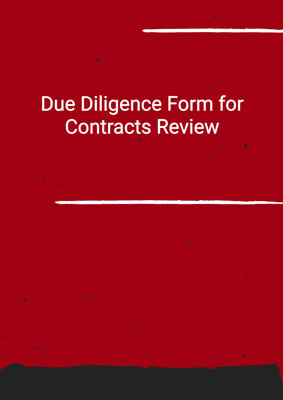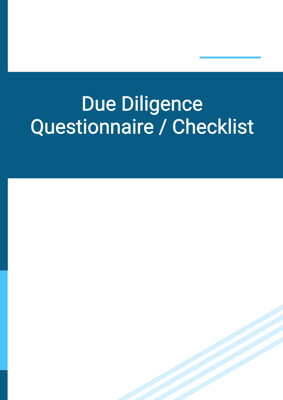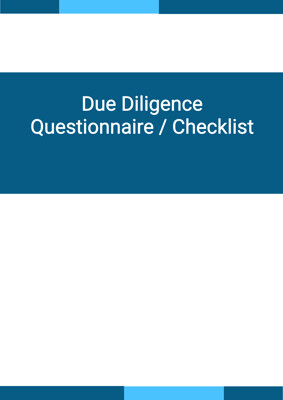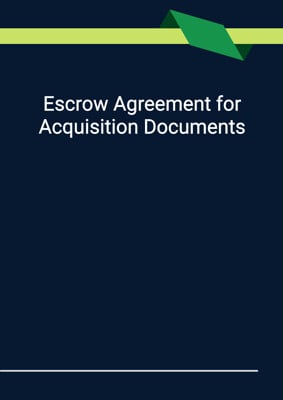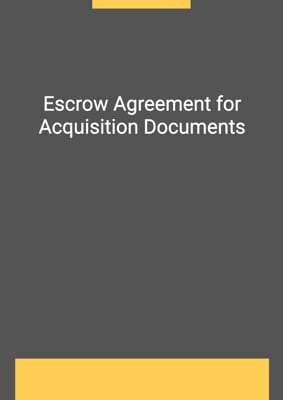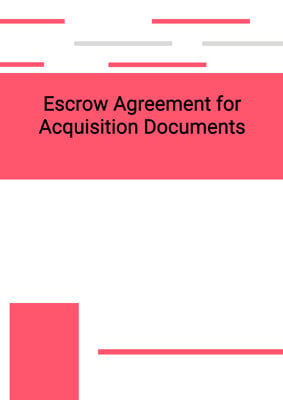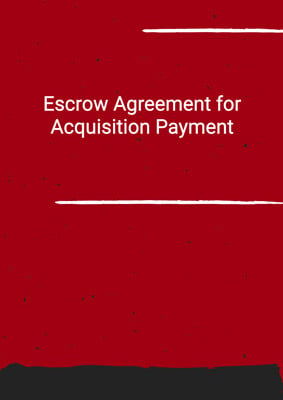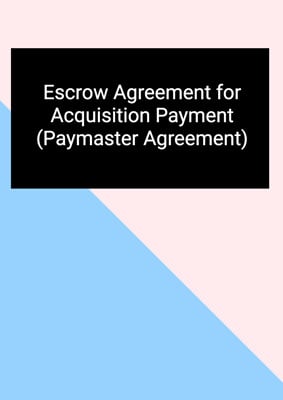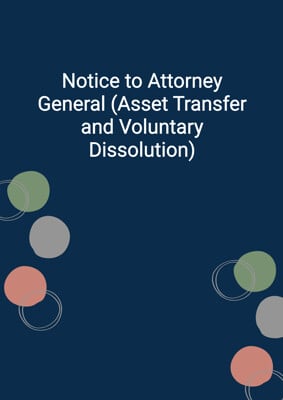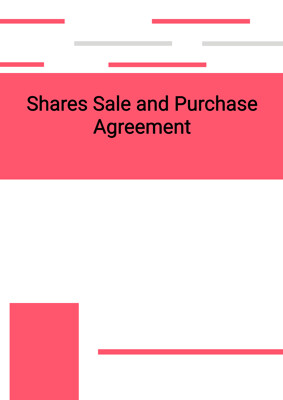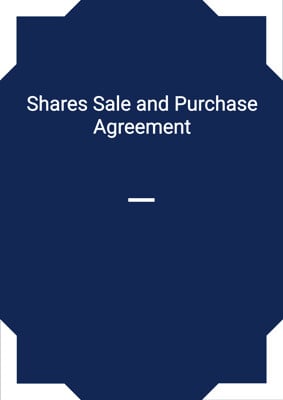How to Tailor the Document for Your Need?
01
Create Document
Click "Create Document" button and the document will be prepared with your account details automatically filled in.
02
Fill Information
Please fill in any additional information by following the step-by-step guide on the left hand side of the preview document and click the "Next" button.
03
Get Document
When you are done, click the "Get Document" button and you can download the document in Word or PDF format.
04
Review Document
Please review the document carefully and make any final modifications to ensure that the details are correct before sending to the addressee.
Document Preview
Document Description
The Disclosure Letter from Seller to Buyer is a document that serves as a formal communication between the seller and the buyer in a business transaction. It is an essential part of the agreement between the parties and provides important information and disclosures.
The document begins with a title, 'Disclosure Letter from Seller to Buyer,' which clearly indicates its purpose. It is addressed to the buyer and includes the buyer's address. The date of the letter is also mentioned.
The letter starts with a salutation, 'Dear Sirs and Madams,' which shows respect and professionalism. It then refers to the agreement between the seller and the buyer, emphasizing its significance. If there is a guarantor involved, it is mentioned in the letter.
The letter states that it constitutes the disclosure letter referred to in the agreement. It clarifies that any information contained or referred to in the letter is considered a disclosure for all warranties, not just specific ones. It also explains that in case of any conflict between the contents of other documents and the information in the letter, the information in the letter prevails.
The letter includes preliminary matters, which are important to note. These matters ensure that both parties understand the context and interpretation of the letter. The headings and numbering used in the letter do not affect its interpretation.
The letter then provides general disclosures that the buyer is deemed to have full knowledge of. These disclosures include correspondence, documents, and other information listed in the schedule attached to the letter. It also includes information that would be revealed upon inspection of microfiche files, public registries, and other relevant sources. If there is an auditor's report or properties involved, specific disclosures related to them are also mentioned.
The letter concludes with a section on governing law, where the parties are requested to acknowledge receipt of the letter by counter-signing and returning a copy. It states that the letter will be governed by the laws of the jurisdiction state.
Overall, the Disclosure Letter from Seller to Buyer is a crucial document that ensures transparency and provides necessary disclosures in a business transaction. It establishes the understanding between the seller and the buyer and sets the framework for their relationship.
How to use this document?
Guidance on using the Disclosure Letter from Seller to Buyer:
1. Review the agreement: Familiarize yourself with the agreement between the seller and the buyer. Understand the terms and conditions of the transaction.
2. Understand the purpose: Recognize the importance of the Disclosure Letter as a formal communication between the parties. It provides disclosures and important information.
3. Follow the format: Use the provided template for the Disclosure Letter. Fill in the necessary details, such as the buyer's address and the current date.
4. Include necessary information: Ensure that all required information is included in the letter. This includes any references to the agreement, the schedules, and annexes.
5. Provide general disclosures: List any correspondence, documents, or other information that the buyer is deemed to have full knowledge of. Include references to relevant sources and registries.
6. Include specific disclosures (if applicable): If there are specific disclosures related to auditors' reports or properties, make sure to include them in the letter.
7. Acknowledge receipt: Sign and return a copy of the letter to acknowledge receipt. This confirms that both parties are aware of the disclosures and have agreed to them.
8. Comply with governing law: Understand and comply with the governing law mentioned in the letter. Ensure that the transaction is conducted in accordance with the laws of the jurisdiction state.
9. Seek legal advice if needed: If you have any doubts or concerns about the content or implications of the Disclosure Letter, consult with a legal professional for guidance.
10. Keep a record: Maintain a copy of the signed Disclosure Letter for future reference and documentation purposes.
Note: The guidance provided here is for informational purposes only and should not be considered as legal advice. It is recommended to consult with a legal professional for specific advice related to your situation.
Not the right document?
Don’t worry, we have thousands of documents for you to choose from:

